Powering Circuits: Understanding Active Electronic Components
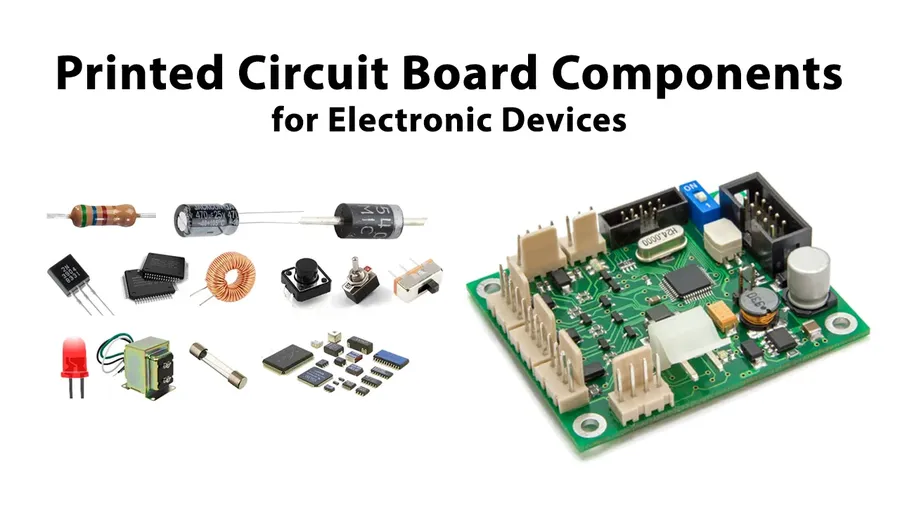
In our daily lives, electronic devices have become indispensable, seamlessly integrating into the very fabric of modern existence. At the heart of these technological marvels lie active electronic components, the dynamic conductors that control and amplify electrical currents to power and regulate electronic circuits. This article dives deep into understanding what constitutes active electronic components, how they differ from passive components, and what key roles they perform in contemporary electronic devices.
Defining Active Electronic Components

Active electronic components are the fundamental elements within electronic circuits that exhibit the capability to control electrical current flow, often utilizing an external power source to perform actions such as amplification, switching, or power conversion; they are not merely passive conduits of electrical energy but rather dynamic elements that shape circuit behavior.
The Core Principle: Power Control and Amplification
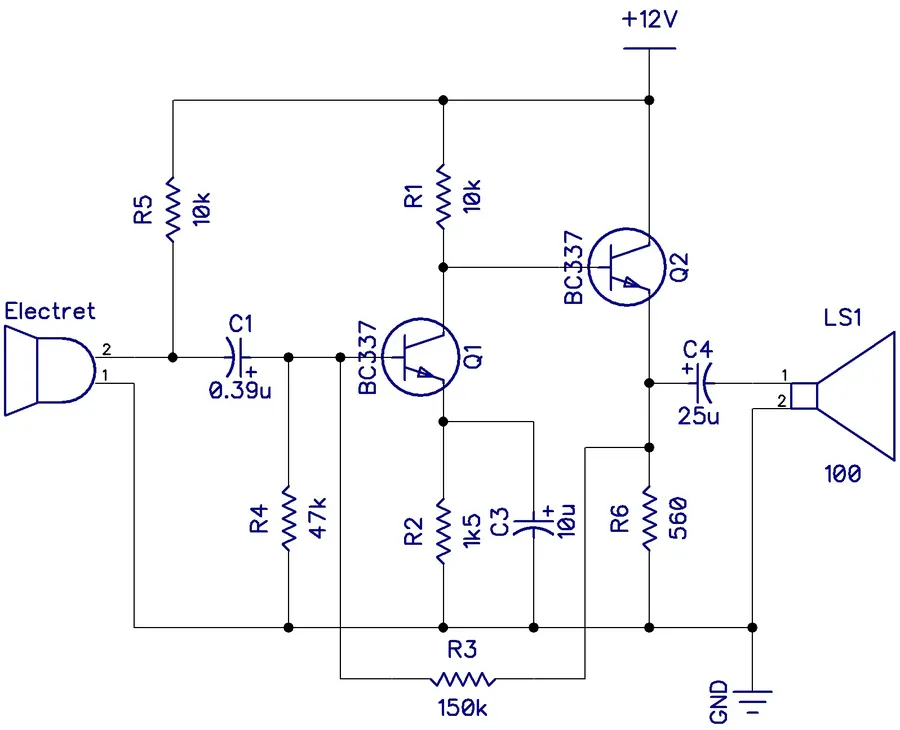
Active electronic components fundamentally differ from passive components by their ability to actively manipulate electrical energy. Rather than simply reacting to the current, active components can inject power into a circuit, amplify existing signals, and control current flow using an external power source. This capability transforms them from static circuit elements into dynamic control devices.
This active manipulation is crucial for complex electronic functions. For example, a transistor can boost a weak signal, enabling it to be processed effectively by subsequent stages of the circuit. Similarly, a diode can control the direction of current flow, which is essential for converting AC to DC power. This functionality is not available in passive components, which only store or dissipate energy.
The ability to control power levels also allows for the creation of more sophisticated electronic devices. Active components can switch signals on and off, enabling the development of complex logic circuits used in computers and microcontrollers. Furthermore, this power control ensures signal integrity by compensating for losses within the system and maintaining the appropriate voltage and current levels for different circuit stages, allowing circuits to operate in a reliable and stable way.
Key Types of Active Components: Transistors
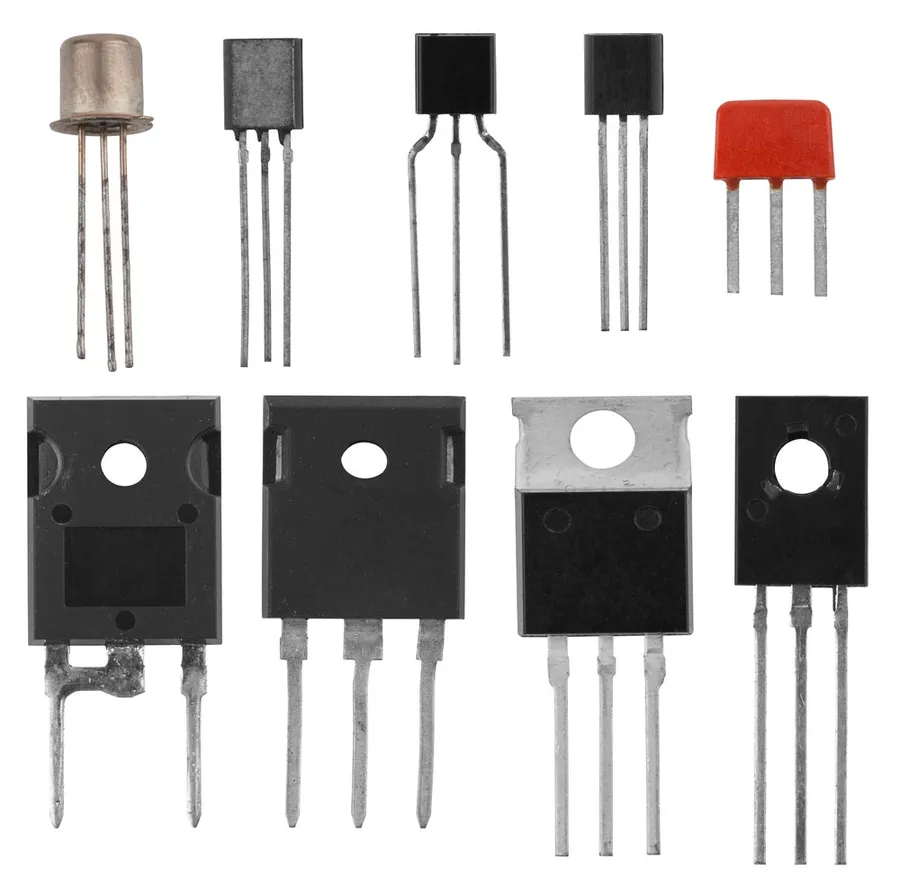
Transistors are fundamental active components in modern electronics, serving as the cornerstone for amplifying or switching electronic signals and electrical power. Their ability to control current flow makes complex circuits and electronic devices possible, forming the basis of nearly all electronic devices today. These devices operate by modulating the current between two terminals (collector and emitter in bipolar transistors, or drain and source in field-effect transistors) by applying a control signal at a third terminal (base or gate). This control enables both amplification, where a weak signal is made stronger, and switching, where the transistor acts like an electronic switch, turning current on or off.
There are two main types of transistors: Bipolar Junction Transistors (BJTs) and Field-Effect Transistors (FETs). Each type has its unique advantages and characteristics.
| Feature | Bipolar Junction Transistor (BJT) | Field-Effect Transistor (FET) |
|---|---|---|
| Control Mechanism | Current-controlled (base current controls collector current) | Voltage-controlled (gate voltage controls drain current) |
| Input Impedance | Lower input impedance | High input impedance |
| Polarity | NPN or PNP | N-channel or P-channel (MOSFETs can also be enhancement or depletion mode) |
| Applications | Amplifiers, switches, and digital logic circuits | Amplifiers, switches, digital logic, and power management circuits |
| Gain | Generally high current gain | Generally high voltage gain |
Within these types, various specific implementations exist such as NPN and PNP BJTs, and MOSFETs (Metal-Oxide-Semiconductor FETs), JFETs (Junction FETs). MOSFETs are by far the most common transistors in modern integrated circuits. Understanding these fundamental differences is essential for designing and troubleshooting electronic circuits.
- Bipolar Junction Transistors (BJTs)
BJTs are current-controlled devices. They are formed by sandwiching a layer of one type of semiconductor (either N or P) between two layers of the opposite type. These transistors are available in NPN and PNP configurations. They are known for their high current gain and are commonly used in analog circuits and amplifiers. Their operation relies on the flow of both majority and minority carriers (hence 'bipolar'), which makes them more complex to model than FETs. - Field-Effect Transistors (FETs)
FETs are voltage-controlled devices, and the most common type is MOSFET. FETs control the flow of current through the conductive channel by modulating the electric field. MOSFETs are the backbone of digital logic and are favored for their high input impedance and low power consumption. There are two types of MOSFETs: depletion mode and enhancement mode, allowing design flexibility.
Transistors are essential to modern electronics, allowing circuits to perform calculations, store data, and control complex systems, their diverse applications ranging from simple amplifiers to intricate microprocessors.
Key Types of Active Components: Diodes
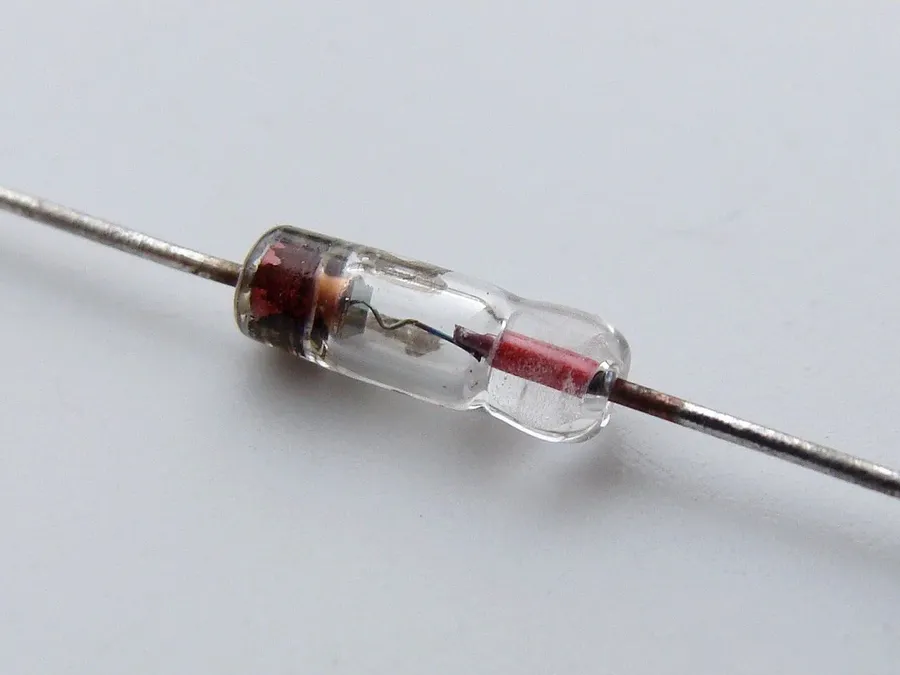
Diodes are fundamental active electronic components that act as one-way electrical valves, selectively permitting current flow in a single direction while impeding it in the opposite direction. This unidirectional conductivity is crucial for various circuit functions, including rectification, signal modulation, and voltage regulation. Their non-linear behavior makes them indispensable in modern electronics.
The core function of a diode is facilitated by a p-n junction, which is formed when a p-type semiconductor (with an excess of holes) is joined with an n-type semiconductor (with an excess of free electrons). This junction creates a depletion region that acts as a barrier to current flow, but only in one direction.
| Diode Type | Function | Key Characteristics | Applications |
|---|---|---|---|
| Rectifier Diode | Converts AC to DC | High forward current capacity, moderate reverse breakdown voltage | Power supplies, battery chargers |
| Zener Diode | Regulates voltage at a specific level | Operates in the reverse breakdown region to provide a stable reference voltage | Voltage regulation, surge protection |
| Schottky Diode | Fast switching, low forward voltage drop | Metal-semiconductor junction with minimal charge storage | High-speed switching circuits, RF applications |
| Light Emitting Diode (LED) | Emits light when current passes through it | Forward voltage dependent on emission color, high efficiency | Displays, lighting, optical communication |
| Photodiode | Converts light into electrical current | Current flow increases with incident light intensity | Light sensing, optical communication, solar cells |
| Varactor Diode | Variable capacitance based on reverse voltage | Capacitance changes with applied voltage | Tuning circuits, voltage-controlled oscillators |
Diodes are not just simple on-off switches; their diverse types offer specialized functionalities, demonstrating their vital role in manipulating electrical current for various electronic applications.
Key Types of Active Components: Integrated Circuits (ICs)
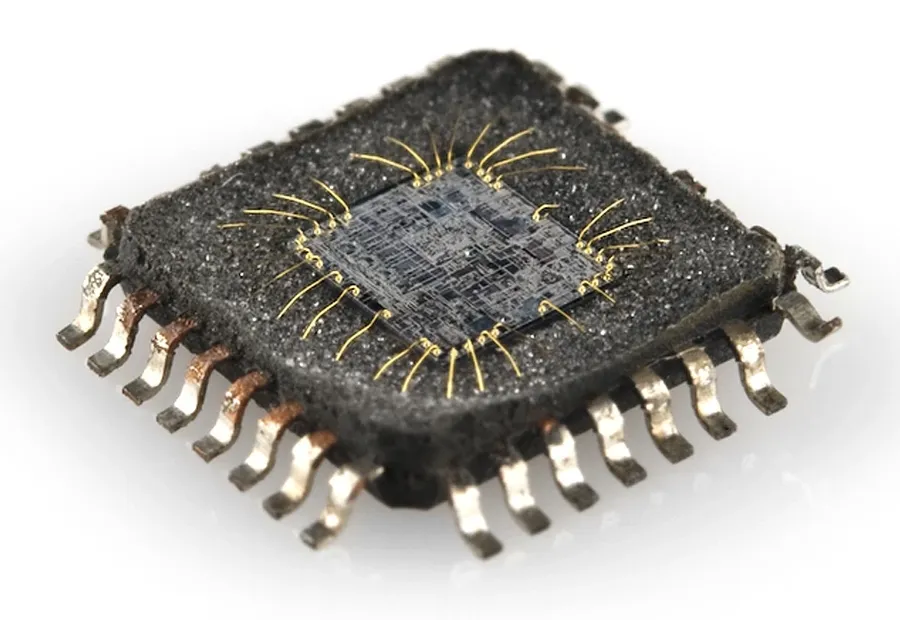
Integrated Circuits (ICs) represent a pinnacle of electronic miniaturization and complexity, integrating numerous electronic circuits onto a single, small semiconductor chip. This innovation has revolutionized electronics by enabling more functionality in smaller packages, drastically reducing size, cost, and power consumption while simultaneously boosting the performance of electronic devices.
ICs are the foundation of modern electronics, ranging from simple logic gates to complex microprocessors. Their capability to integrate various circuit functions makes them versatile and integral to a wide array of applications.
- Simplified Design:
ICs dramatically simplify the design of electronic devices. Instead of designing and assembling discrete components, engineers can use an IC with the desired functionality, reducing design time and complexity. - Increased Complexity:
ICs allow for the integration of highly complex circuits that would be impractical or impossible to achieve with discrete components. This enables more advanced functionalities in electronic devices. - Miniaturization:
ICs significantly reduce the physical size of electronic circuits. This is critical in portable devices and other applications where space is limited. - Cost-Effective
Mass production of ICs makes them more cost-effective than discrete circuits, especially for complex functions, leading to lower overall costs for electronic products. - Improved Performance:
The close proximity of components within an IC leads to reduced parasitic effects, resulting in faster switching speeds, lower power consumption, and higher overall performance.
| IC Type | Description | Common Applications |
|---|---|---|
| Operational Amplifiers (Op-Amps) | High-gain voltage amplifiers used in signal conditioning and amplification. | Amplifiers, filters, comparators |
| Microcontrollers (MCUs) | Small, programmable computers on a chip that control various electronic devices. | Embedded systems, industrial control, consumer electronics |
| Logic Gates (AND, OR, NOT) | Basic digital building blocks used to perform logical operations. | Digital circuits, processors, memory devices |
| Memory ICs (RAM, ROM) | ICs that store digital information. | Computers, embedded systems, data storage |
| Power Management ICs (PMICs) | ICs that regulate power supply. | Smartphones, laptops, battery-powered devices |
Other Important Active Components
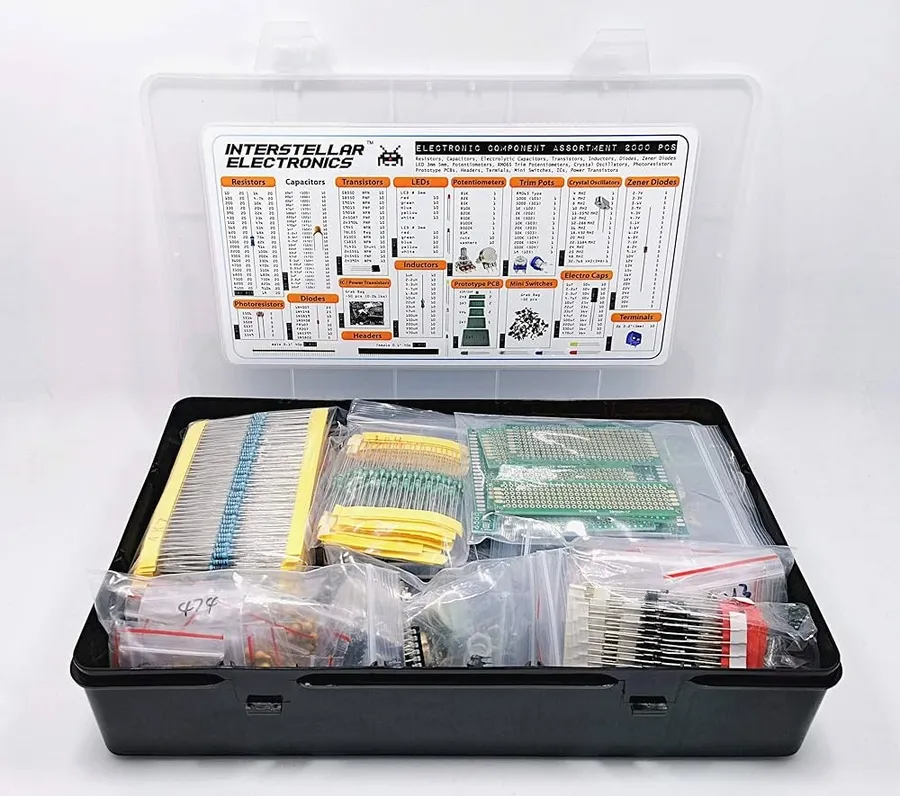
Beyond transistors, diodes, and integrated circuits, several other active components play crucial roles in specific electronic applications. These include vacuum tubes, optoelectronic devices, and displays, each leveraging unique physical phenomena to control or manipulate electrical signals.
- Vacuum Tubes
While largely replaced by solid-state devices in many applications, vacuum tubes are still used in high-power and high-frequency applications. These devices operate by controlling the flow of electrons in a vacuum, exhibiting unique electrical properties that enable amplification and signal processing in niche fields like high-fidelity audio and certain radio frequency applications. - Optoelectronic Devices
Optoelectronic devices include components that interact with both light and electricity. These devices convert electrical energy into light (e.g., LEDs) or light into electrical energy (e.g., photodiodes and phototransistors). These devices find extensive use in sensors, light sources, and communication systems. - Displays
Displays, such as liquid crystal displays (LCDs) and organic light-emitting diode (OLED) displays, are crucial for outputting visual information in electronic devices. They require active components to generate, control, and manage light emission to create viewable images, offering varied resolutions, sizes, and power consumption characteristics.
Active vs. Passive Components: A Comparative Analysis
Understanding the fundamental differences between active and passive electronic components is crucial for effective circuit design. Active components, unlike their passive counterparts, can control current flow, amplify signals, and introduce energy into a circuit, exhibiting dynamic behavior that is essential for complex electronic functions. Passive components, on the other hand, primarily manage energy without providing gain or control.
| Feature | Active Components | Passive Components |
|---|---|---|
| Function | Control current flow, amplify signals, provide power gain | Store, dissipate, or manage energy without gain |
| Power Source | Requires an external power source for operation | Does not require an external power source to function |
| Energy Manipulation | Can introduce energy into a circuit | Cannot introduce energy into a circuit |
| Circuit Role | Dynamic elements; control and shape electrical signals | Static elements; influence current and voltage characteristics |
| Examples | Transistors, diodes, integrated circuits (ICs), vacuum tubes | Resistors, capacitors, inductors, transformers |
Frequently Asked Questions About Active Electronic Components
This section addresses common inquiries about active electronic components, providing clear and concise answers to enhance understanding and dispel common misconceptions.
- What is the fundamental difference between active and passive components in a circuit?
Active components, unlike passive ones, can control the flow of electricity and inject power into a circuit, requiring an external power source to operate. They are capable of amplification, switching, and other dynamic functionalities. Passive components, conversely, cannot introduce power into a circuit; they only dissipate or store energy, with basic functions such as resistance, capacitance, and inductance. - Is an LED an active or a passive component?
An LED (Light Emitting Diode) is an active component. Although it does not amplify or switch signals in the same way as a transistor, an LED emits light by converting electrical energy into electromagnetic radiation, thus injecting energy into the circuit in the form of light. This requires an external source to function, which is a key characteristic of active elements. - What are some examples of active electronic materials?
Active electronic materials are those that can exhibit changes in their electrical properties in response to external stimuli such as electric fields, light, or temperature. Examples include semiconductors like silicon, germanium, and gallium arsenide, which are fundamental in the fabrication of transistors and diodes. Moreover, materials used in LEDs (like Gallium Nitride) and those with piezoelectric or thermoelectric properties fall under the active materials category. These materials form the basis for devices capable of signal processing and energy conversion. - How do active components contribute to circuit complexity?
Active components are pivotal in enabling complex circuit functionalities. Transistors, for instance, enable amplification and switching, which are essential for creating logic gates, amplifiers, and oscillators. ICs, which are made up of active components, allow for the integration of a multitude of circuit functions into a single chip, drastically increasing circuit complexity and capabilities. - Can active components function without a power source?
No, active components cannot function without a power source. They fundamentally require an external power source to perform their operations, including signal amplification, switching, and light emission. This distinguishes them from passive components, which can operate solely based on the existing circuit conditions. Active devices need to 'inject' energy into the system to achieve their functionality. - Are vacuum tubes considered active components?
Yes, vacuum tubes are indeed considered active components. Before the advent of semiconductor devices, vacuum tubes were widely used for amplifying electronic signals and serving as switches. They require an external power source and have the capability to control the flow of electrons, which aligns with the definition of an active component. - In what way do active components 'control' the current?
Active components 'control' the current by modulating the flow of electrons within a circuit based on an external input or signal. For example, a transistor controls the current flow between its collector and emitter terminals based on the current applied to its base, and a diode controls the current by only allowing it to flow in a single direction. This control capability is what allows for the creation of complex circuit functions.
Choosing the Right Active Components for Your Project
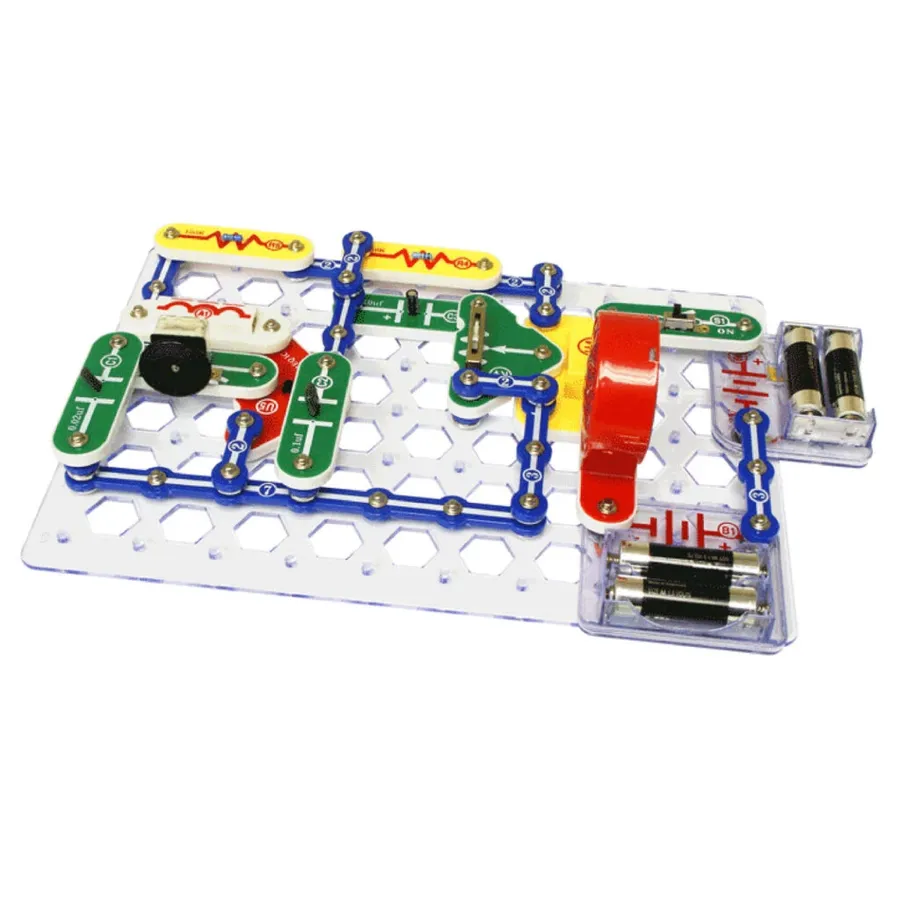
Selecting appropriate active electronic components is crucial for the success of any electronics project. The ideal choice hinges on a careful analysis of the project's specific requirements, including power needs, signal characteristics, and the desired functionality. This section serves as a practical guide to navigating these considerations, ensuring a well-matched selection of components for optimal project performance.
- Power Requirements
Assess the voltage and current demands of your circuit. Select components rated to handle these specifications, considering operating margins to avoid component failure or malfunction. - Signal Type
Identify whether your project involves analog or digital signals, or a combination of both. Choose components accordingly, considering factors such as frequency, bandwidth and impedance matching if applicable. - Functionality and Performance
Clearly define the intended function of each active component within your circuit. Whether the task is signal amplification, switching, or complex processing, ensure the selected components offer the necessary characteristics such as gain, speed, or power efficiency. - Environmental Conditions
Consider the operational environment including temperature ranges, humidity, and physical stress. Select components that meet these conditions to ensure reliability and longevity. - Component Availability and Cost
Balance desired performance with availability and budget. Opt for readily available components with cost-effectiveness whenever possible. Consider long term availability of components in planning stages. - Integration and Compatibility
Verify that the chosen components are compatible with other parts of your circuit to avoid impedance mismatches, or voltage conflicts. Proper integration is critical for stable circuit operations.
Active electronic components are the driving force behind all electronic devices, and with a clear understanding of transistors, diodes, and integrated circuits, one can unlock the potential to create the next generation of devices. From power management to signal processing, these dynamic elements offer a world of opportunities and are crucial for anyone seeking to advance their knowledge in electrical engineering and electronics.
 AnyPCBA
AnyPCBA